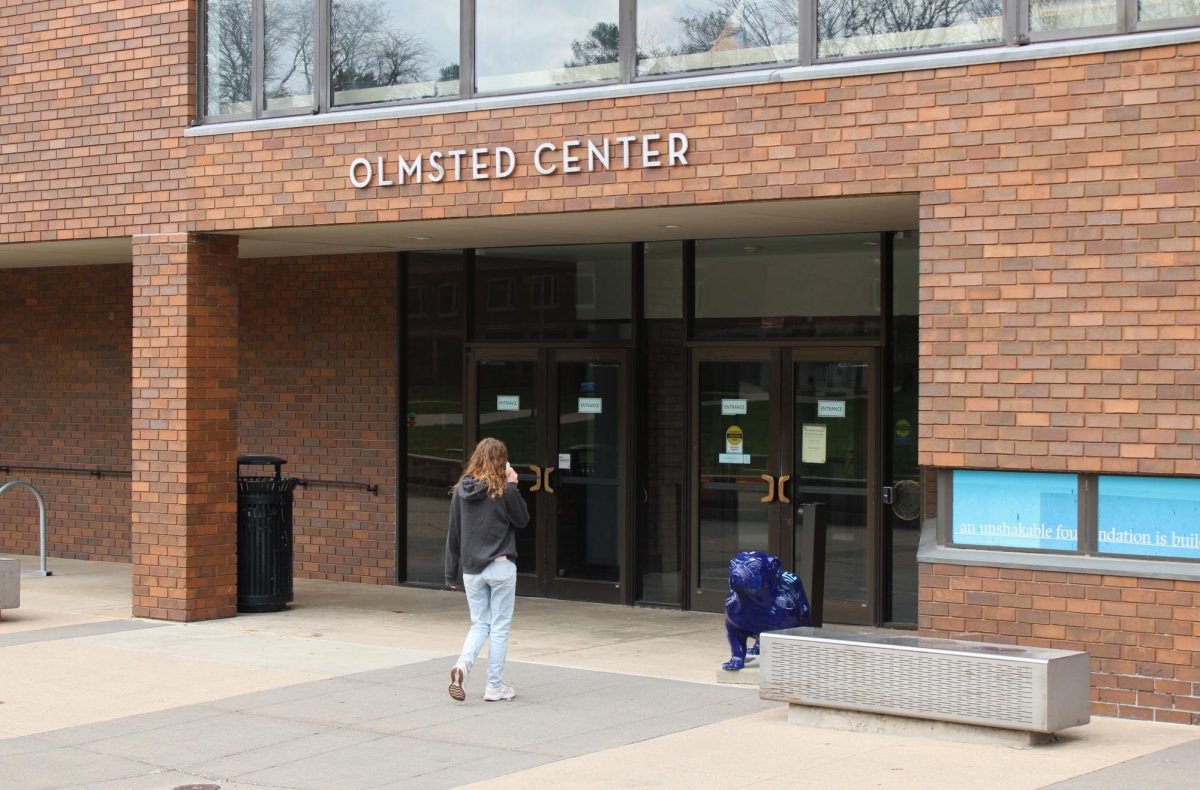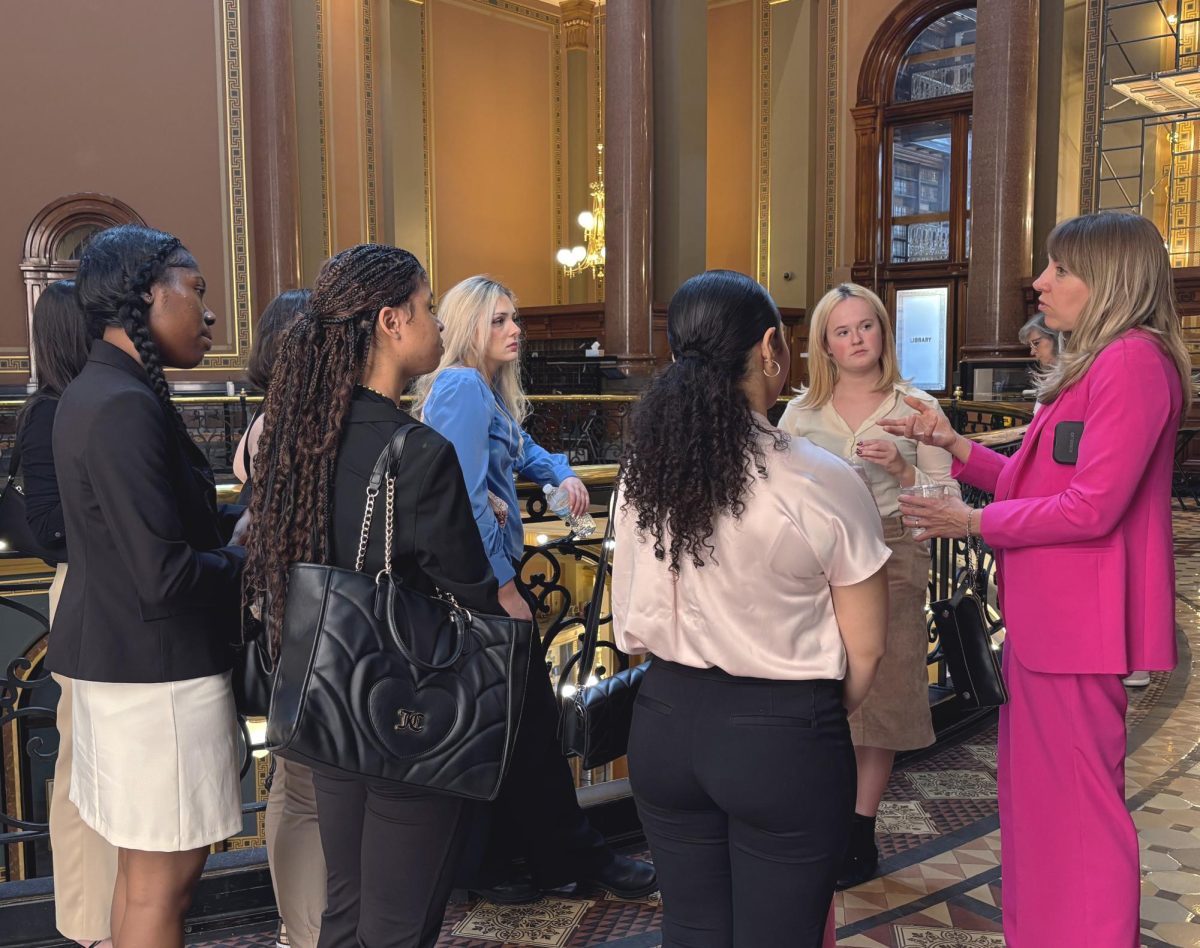On Feb. 9 in California, 180,000 people living downstream of the Oroville Dam were evacuated. There were concerns that, due to lack of use and signs of erosion, the emergency spillway might collapse, causing severe floods on the Feather River.
The New York Times reported on Feb. 13 that officials decided to use the emergency spillway for the first time in nearly 50 years because of damage to the main spillway.
Years of exposure to high-velocity water had eroded the concrete lining the chute, making it dangerous to use. This is just one example of the U.S.’s crumbling infrastructure, an issue that we’ve been aware of for some time, but have yet to fix.
According to a 2016 article published by Fox Business, the U.S.’s concerns with water and energy infrastructure aren’t limited to eroding dams. About 1.7 trillion gallons of water are wasted annually because of leaky or broken water pipes that have not been replaced.
So, why don’t we just replace them? As you might suspect, the issue is money. Many legislators feel that infrastructure spending should happen on the local level; yet, even when concerns are close to home, decisions about how to raise funds take time.
For instance, infrastructure is a concern that has affected my home state, Nebraska, for several years.
In rural areas, school buses and heavy agricultural equipment cross bridges several times a day.
In 2014, 3,279 of these bridges were found to be structurally deficient or functionally obsolete in a report created by the Nebraska Legislature’s Transportation and Telecommunications Committee.
This number only included bridges that were 20-feet or more in length, though there are thousands of smaller bridges just as much in need of repair.
Although we rely heavily on bridges for transportation, they weren’t given much attention until last year when the Legislature approved an infrastructure bank.
According to an article published by The Omaha World-Herald in 2016, funds from this bank are intended for major road projects and the repair of county bridges, making travel safer for citizens across the state.
Two years after the report was filed by the Transportation and Telecommunications Committee, the Legislature came up with this plan.
It took two more months before they could decide on a way to fund it.
Interestingly, this may be one of the few problems Trump’s election could actually help solve. In his plan for his first 100 days in office, reported on by NPR last November, he floated a one-trillion dollar investment in infrastructure to be spent over 10 years.
He’s already experienced some pushback from Republicans on this plan.
Sen. Mitch McConnell has criticized the plan, stating, “I think the details are really important, but I hope what we clearly avoid—and I’m confident that we will—is a trillion dollar stimulus that will take you back to 2009,” according to an article published on Fox News’ website last December.
McConnell was referring to the democrats’ $787 billion stimulus bill, which included infrastructure spending that The Economist described in 2010 as “doomed to mediocrity.”
According to The Omaha World-Herald last December, if Trump can get the plan to pass, Nebraskans hope that some of this money will go to them.
However, even if Nebraska is overlooked, the money could ease infrastructure concerns throughout the nation, making our country safer and less wasteful.







